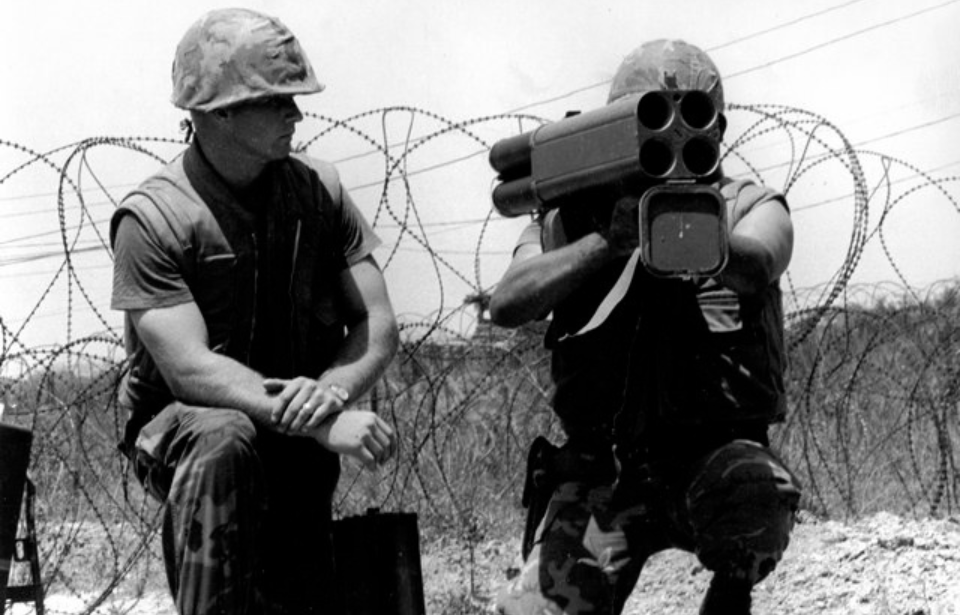The US military has designed a number of rocket launchers for use in combat. Some have seen years of service, while others have seemingly faded into obscurity. That’s what happened to the M202 FLame Assault SHoulder (FLASH). It was developed during the Vietnam War, but never really saw action out in the field.
Designing a replacement for World War II-era flamethrowers
In 1970, the US military began designing a weapon that could replace the World War II-era M1 and M2 flamethrowers. The former had been in service from 1941-45 and saw use during D-Day, while the M2 was equipped during not just the Second World War, but in Korea and Vietnam, as well.
These old-school flamethrowers were backpack-mounted. They didn’t have an effective range, requiring soldiers to get within 46 yards of a target to cause any real damage. This meant they often had to expose themselves to the possibility of enemy attacks.
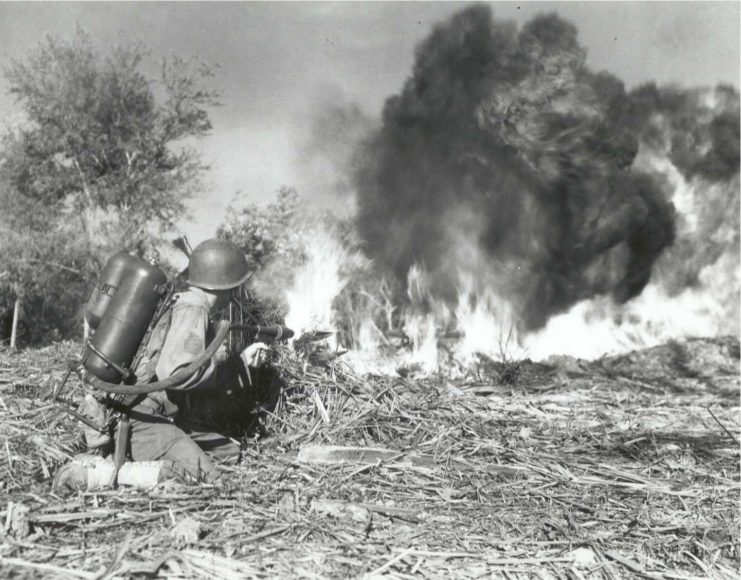
What came from this development process was the M202 FLASH. Compared to the aforementioned flamethrowers, the rocket launcher was lighter, had a greater range for precision attacks, and required less maintenance and training. Production began in 1978, turning out an unknown amount of units for use by American forces.
M202 FLASH specs
The M202 is lighter than traditional backpack-style flamethrowers employed by the US military during the Second World War. It weighs just 11.5 pounds when empty and 26.6 pounds when loaded, with a length of between 27 and 34.75 inches, depending on whether it’s closed or extended. As the name suggests, it was designed to be fired from the shoulder, from either a crouched, standing or prone position.
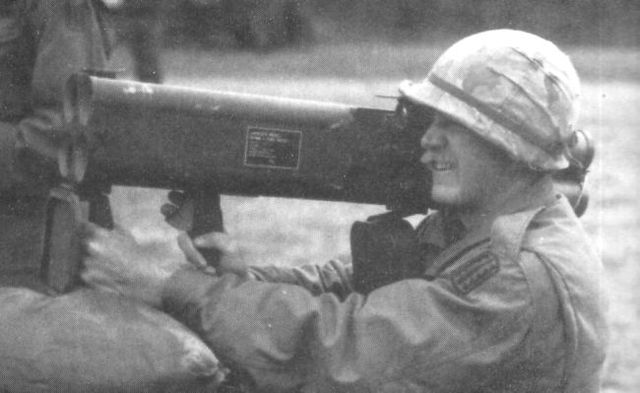
The M202 was designed to fire four 66mm M74 rockets equipped with M235 warheads. They contain thickened pyrophoric agent (TPA), which is often mistaken for napalm and burns at up to 2,200° Fahrenheit, similar to white phosphorus.
Each rocket produces an area incendiary effect with a 20-meter burst radius. While one can be fired every second, doctrine dictates that operators must wait at least five seconds between each launch. There’s also a secondary fire mode, which allows for all four rockets (or however many are left in the clip) to be launched at once.
The launcher’s muzzle velocity is 375 feet per second, and its effective firing range is a minimum of 20 meters. The maximum is 750 meters when aiming at an area target and 200 meters for a point target.
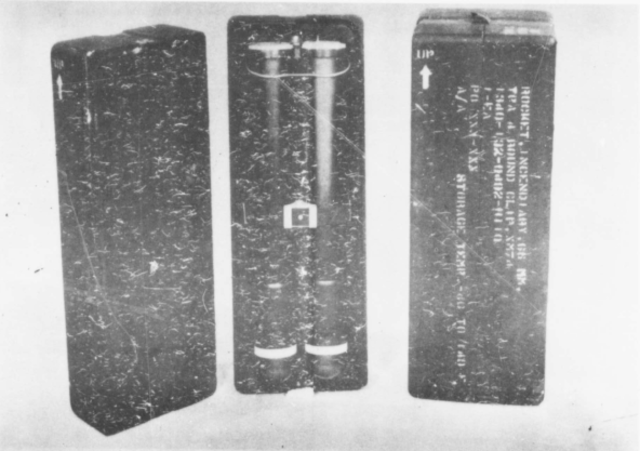
While the M202 has a lot in common with the XM191 multi-shot rocket launcher prototype that was tested in the 1970s, it isn’t capable of firing anti-tank rounds. Additionally, a crowd control round featuring CS gas – known as the XM96 – was trialed, but never entered service.
Testing occurred during the Vietnam War
The prototype of the M202 FLASH – designated the XM202 – was tested during the Vietnam War, as part of the XM191 system. Satisfied with the results, US Army officials decided to issue the weapon on an “as needed” basis, with each rifle company’s headquarters assigned a single unit. This generally equaled one M202 per rifle platoon.
The M202 also entered service with the US Marine Corps. It was issued to dedicated battalion-level teams of 0351 Assaultmen. The Weapons Platoon’s assault section contained three squads, each with its own launcher team.
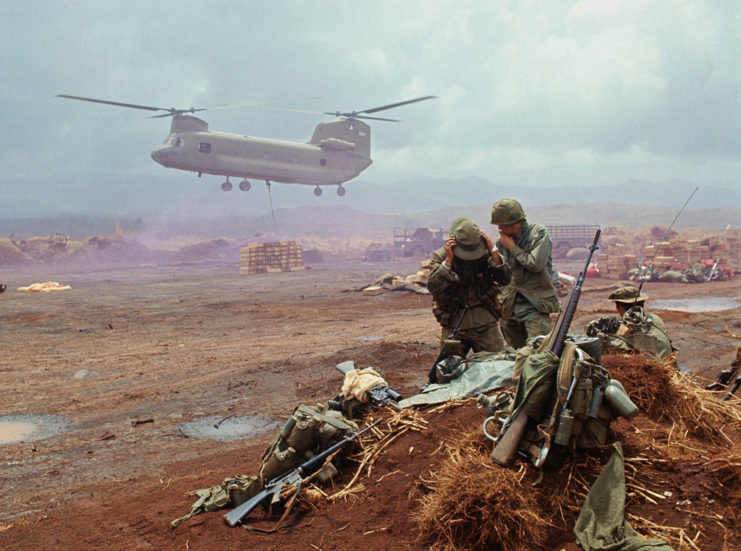
The weapon is noted as only having ever been operated by two countries: the United States and South Korea. Its lack of use is likely due to what many could call its “pseudo-retirement” in the mid-1980s.
The M202 FLASH entered pseudo-retirement due to issues
Despite the high hopes the US military had for the M202 FLASH, the weapon was produced too late to see proper use in Vietnam. Despite this, troops were still able to uncover a number of issues with the rocket launcher, which would not only put their own safety at risk, but that of their comrades, as well.
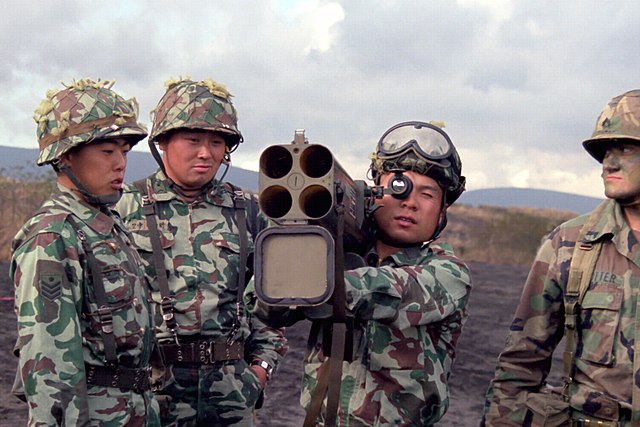
The primary issue revolved around the fact that it is too dangerous to fire the weapon from an enclosed space. The back-blast is around 15 meters by 15 meters square, with the “caution zone” being even larger, meaning the area behind the person operating the M202 must be clear of personnel, equipment and munitions before it’s fired.
Another problem had to do with the M74 warheads attached to the incendiary rockets. They’d immediately ignite if somehow broken open. Given there are four packed into a single clip, one going off would result in them all exploding, effectively killing the operator and anyone who happens to be stationed near them.

Aside from that, the M202, while lighter than the M2, is still bulky and suffers from reliability issues. While this led the US Army to essentially relegate it to storage by the mid-1980s, it still remains part of the service’s arsenal, with leaked documents showing it was among the weapons deployed during the War in Afghanistan.
More from us: The Remarkably Effective WWII-Era PIAT Anti-Tank Weapon
Unlike the Army, the Marine Corps chose to phase out the M202 and replace it with the Mk 153 Shoulder-Launched Multipurpose Assault Weapon (SMAW), a rocket launcher that features a secondary anti-armor capability, making it more effective in combat.
